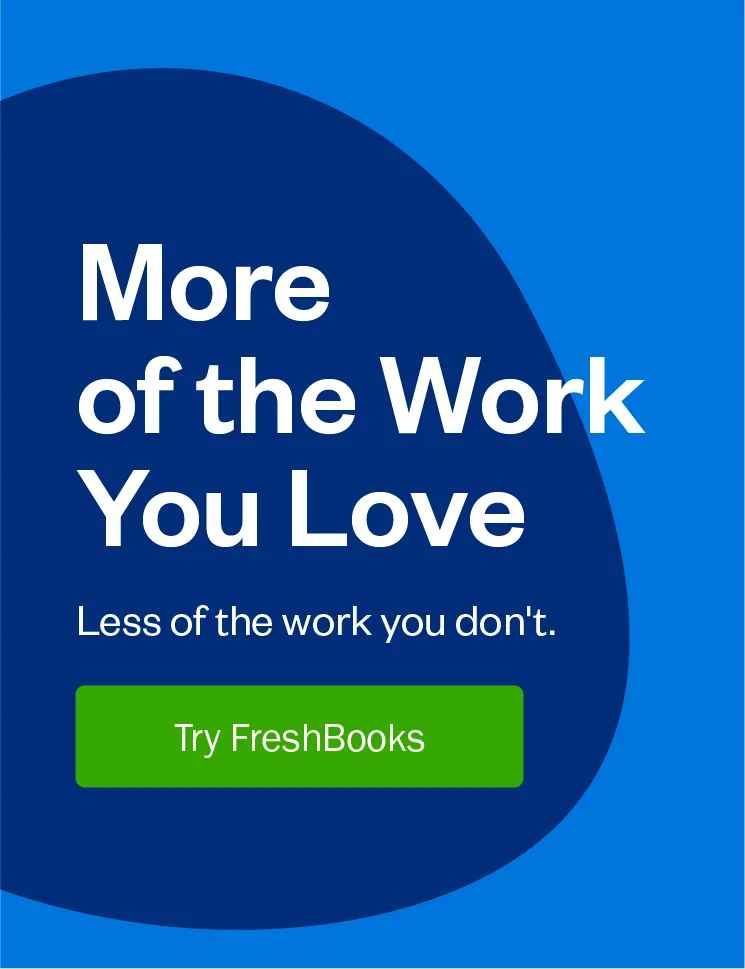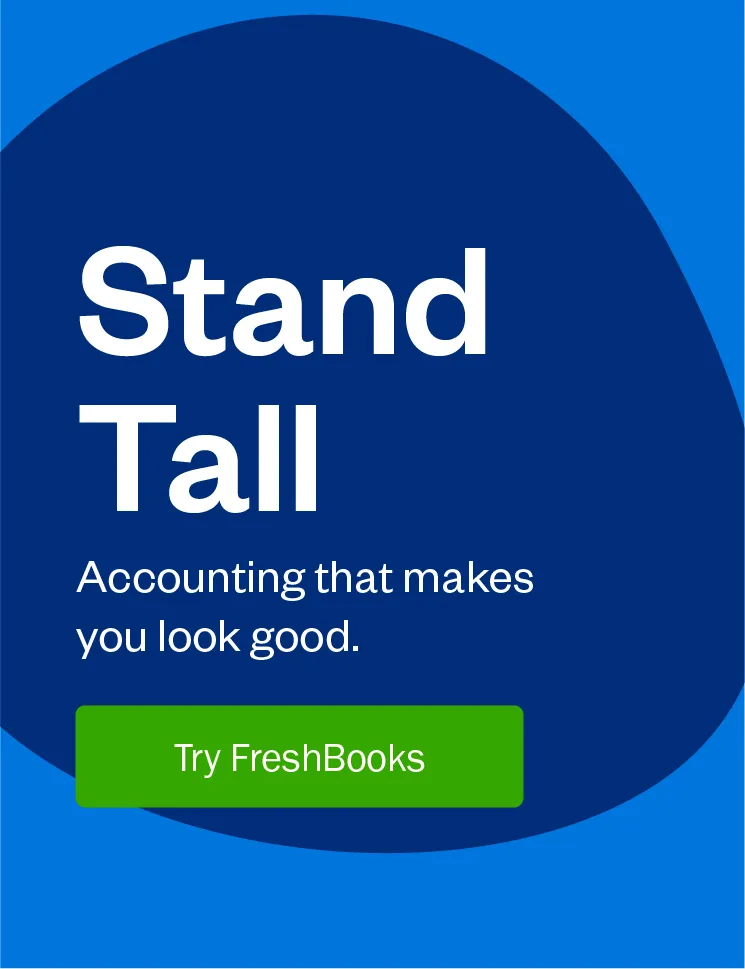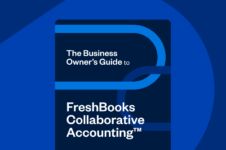If you regularly swing by Facebook or Twitter, chances are a big part of your news comes from those sources. Not many people know, however, that when social media was taking baby steps, the RSS feed and RSS feed reader were king of the information game.

These days, a lot of digital information is curated by algorithms that decide whether a piece of news is relevant for a particular reader or not. Although you can build your social media feeds around certain topics, people, or news outlets, the insights you get are still tailored top-down, and some of them are inevitably lost in the process.
Don’t get me wrong: It’s still possible to get relevant and quality information via social media. But if you want better control over the content you consume, RSS feeds and RSS feed readers are rather well-placed to address this need. Without further ado, let’s learn a thing or two about early RSS portals, RSS development, and RSS technology in general.
Table of Contents
What Is RSS and What are RSS Feeds?
Before we dive into the nuts and bolts of RSS feed info, it’s worth noting that RSS technology itself dates back all the way to 1999. Yes, internet browsers weren’t even close to what they are today. And, considering that the age of RSS sites and RSS, in general, can be counted in “internet years,” it shouldn’t come as a surprise that RSS is not exactly as trendy as it used to be.
Despite that, and against all naysayers prophesying its demise, many people still prefer to stick with popular and other early RSS portals. According to a poll conducted by The Verge, almost 68% of more than 14,000 participants stated that they still use an RSS reader for content consumption.
RSS stands for Really Simple Syndication or, alternatively, Rich Site Summary. RSS turns your favorite content from sources like websites or blogs into a plain text file. The end product is an RSS feed or channel — a simple document that consists of full or summarized bits of information.
This information can be anything from in-depth blog posts and articles to the latest news and podcasts, or whatever else your favorite web publishers provide. In other words, RSS extracts the meaty parts of a web source and strips any bells and whistles, like ads or newsletter pop-ups. The output, an RSS feed, can then be easily digested by the reader.
Once a website has been converted into an RSS feed, you can pull the resulting document into an app and access its contents. Sounds simple, doesn’t it?
You might have also heard of Really Simple Syndication, or RSS 1.0, referred to as “RDF Site Summary”. This is an RDF Vocabulary that provides a lightweight multipurpose extensible metadata description and syndication format. Whoa, that’s a mouthful for something that provides you with a list of articles you’re interested in reading.
In short, RSS 1.0 (remember it stands for Really Simple Syndication) is a very powerful and extensible way of describing, managing, and making available to very broad audiences relevant and timely information. It’s basically a great tool to subscribe to the feed from sites that have the information and articles you want to read about.
Why Should I Care About RSS Feeds or RSS Reader Technology?
At first glance, RSS may seem awfully outdated by today’s standards. It doesn’t encourage infinite scroll, fails to accommodate more complex sites or interactive websites, and doesn’t use algorithms to prioritize other content like links to a related article or page. This simplicity, however, is one of the greatest strengths of RSS feeds.
How many times have you tried to read an interesting blog post on the web, only to get interrupted by a newsletter subscription box, flashy ad, or animated element on the page? ALWAYS, RIGHT?! I know where you’re coming from. It’s increasingly difficult to consume content online without falling into the rabbit hole of unexplored links and alluring but otherwise time-wasting features. Instead, use RSS!
Here’s the main benefit of RSS feeds. RSS feeds are much like reading a traditional newspaper, albeit with a few minor improvements over the original. Case in point? You’ll never turn your fingers black while reading new posts on an RSS feed 😉. You can also create your own link list from any website with information and articles that you want to subscribe to.
Here’s another example. Let’s say you subscribe to RSS feeds from popular websites and podcasts for small business owners. Every time an article is published or a new post appears on their blog, that fresh content is automatically pulled into your RSS feed reader via RSS files.
Normally, if you were interested in determining if a website has been updated, you would have to visit that website over and over again. On the other hand, if you subscribed to your favorite website for updates on new content, you ran the risk of flooding your email inbox with them. RSS feeds and feed readers solve these problems.
But what about privacy? If that’s your primary concern (and it should be a concern these days), subscribing to RSS feeds doesn’t require giving out personal details, or even your e-mail address, for that matter—you simply get the latest updates.
The communication happens directly through your RSS feeds, between the content publisher and your RSS feed reader app. Many RSS feed aggregators don’t even require creating a user account since they are simple web browser plugins that, at a very basic level, ensure you receive updates and access to the full content you want regularly.
How Does an RSS Feed or RSS Reader Work?
Now comes the fun part. If you want to jump on the RSS feed bandwagon, you need two things (just two!)—an RSS feed URL (RSS link) of the RSS feed you want to subscribe to and an RSS reader (also called a feed aggregator) that will aggregate and display the content.
Back in the day when RSS feeds were rocking the content world, most websites and blogs would simply place an RSS icon in the footer or header of their home pages (typically found near icons for social media sites).
Users could easily scroll to the bottom of the page, click the RSS icon to get a direct address of the RSS feed, and add the new feed to their RSS reader apps. Nowadays, though, finding the familiar orange rectangle is somewhat more challenging as publishers opt for other means of content syndication.
“So Where Can I Find RSS Feeds?”
This is the exact question I was asking myself when I decided to use RSS feeds and RSS readers myself. Fortunately, many sites and publishers still maintain their RSS channels, even if they’re somewhat difficult to find on the page. There are several ways to track the elusive RSS feed address, but rather than scouring websites for a link or tiny RSS icons, try this:
- You can use Google to search for “website name” + “RSS” to find the feed address of any website (if supported). For example, “NYT” + “RSS” search results yield the New York Times RSS directory, which holds separate feeds for columns like “business,” “sports” or “science”
With the feed URL covered, let’s move to the second item on our list, which is an RSS reader. Technical jargon and boolean magic aside, an RSS reader makes it possible to collect all your favorite channels in one place and access their contents in chronological order. An RSS reader allows users to categorize, search and ultimately curate their lists for an even better experience.
As far as RSS readers are concerned, there are a number of options available. Some of them can be installed as plugins for popular web browsers (look for “RSS Reader” in the Chrome store).
Other feed readers come as mobile apps for mobile devices such as smartphones and tablets, which is probably the most convenient option these days. The best part about an RSS reader is that it should have built-in site and link search capabilities so you don’t have to add RSS feeds manually.
Note: Google Reader was a very popular RSS reader—the first version of this RSS aggregator was launched in October of 2005. Google Reader was a great RSS aggregator that grew in popularity to make it easy to subscribe and support a number of programs that used it as a platform for serving news and information. However, due to declining use no new version was created, it was shut down in July 2013.
There are a number of other readers still available that make it easy to subscribe and create your ideal RSS feed, but there is no “best” feed reader that simply suits everybody. Each RSS app gives you a slightly different experience. So, use your browser and go from site to site to find the RSS reader/aggregator that works the way you want it to.
Here are a few site suggestions that make it easy to subscribe and get started on curating your favorite sites, being the first to read a new article, and getting your content from multiple sources fed all into one place:
- Feedly for the best all-around free feed RSS reader/aggregator
- NewsBlur for filtering your RSS feeds
- Inoreader for the best free reader with search and archiving
- The Old Reader for sharing and recommendations
- Feeder for quickly browsing headlines from many websites
RSS Reader Quick-Start Guide:
- Find the URL (RSS link) of a feed you’d like to subscribe to
- Copy/add this URL to your reader app of choice
- You can now read new content on your reader
- Your reader will notify you when the feed is updated with new content
RSS: Your Secret to Really Simple Syndication
Was this article helpful? Hopefully, we’ve answered the question: “What is RSS”. Just like your internet browser, RSS has come a long way since its inception and has done surprisingly well for such a mature piece of technology.
There is definitely some magic in its simplicity and unadulterated reading experience, so if you’re looking for an alternative to social media feeds or conventional media as a news source, give it a try. Maybe it will capture your attention, just as it has mine.
This post was updated in November 2022.

Written by Dawid Bednarski, Freelance Contributor
Posted on June 23, 2006

 Can Your Business *Really* Go Paperless?
Can Your Business *Really* Go Paperless? 🎸 FreshBooks on Spotify: Rad Spotify Playlists for Your Workday
🎸 FreshBooks on Spotify: Rad Spotify Playlists for Your Workday How to Turn Your Creative Passion into a Successful Business
How to Turn Your Creative Passion into a Successful Business





